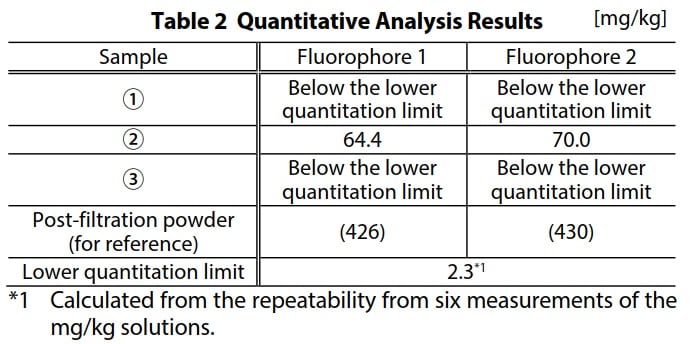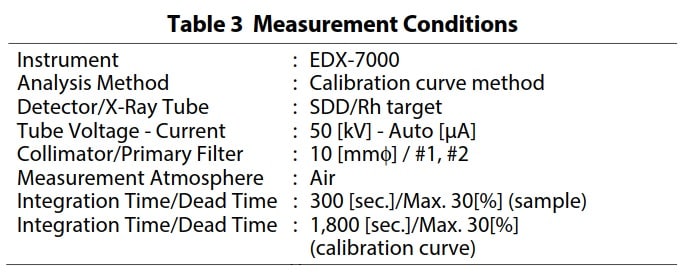X-Ray Fluorescence Analysis of Residual Catalysts
Many familiar industrial products are made of organic compounds and their manufacturing processes involve various synthesis reactions and metal catalysts. Catalysts are mainly divided into two categories: homogeneous catalysts and heterogeneous catalysts. In general, homogeneous catalysts are used for manufacturing pharmaceuticals and chemicals. While the reactions of homogeneous catalysts can be controlled rigorously, separation of reaction products is difficult.
Meanwhile, there is a need to control the amount of residual catalysts in terms of the safety of the products and the re-use of expensive catalysts. For example, the Guideline for Elemental Impurities (ICH Q3D) enforced in April 2017 requires a risk assessment for substances, such as catalysts, that are purposely added during the manufacturing process.
This article introduces an example analysis of the amount of residual homogeneous catalyst following a synthesis reaction using the Pharmaceuticals Impurities Screening Method Package; in this example we used palladium (Pd), a substance widely used as a catalyst, for a cross-coupling reaction which is widely used for the synthesis of organic compounds.






